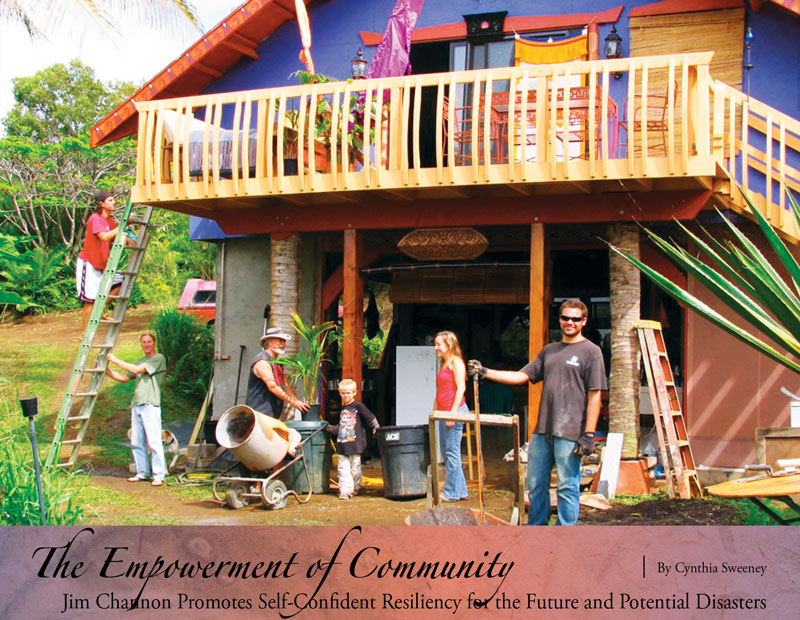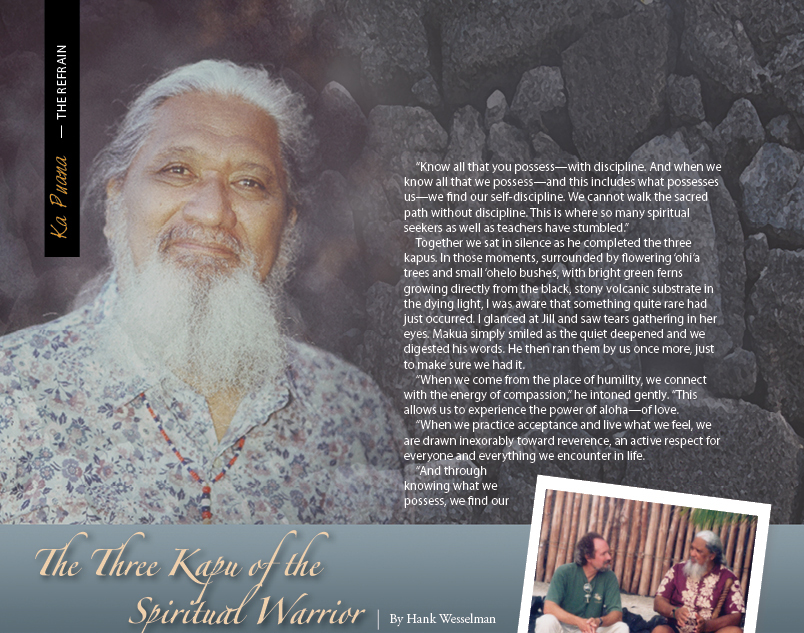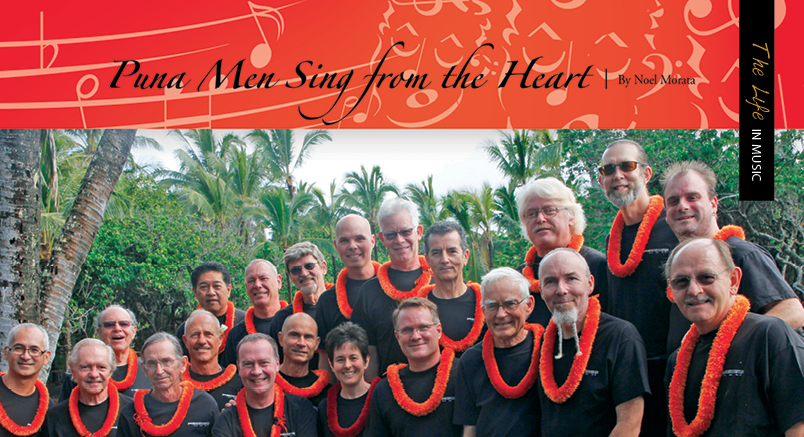
The Empowerment of Community: Jim Channon Promotes Self-Confident Resiliency for the Future and Potential Disasters

By Cynthia Sweeney
The drumbeat of our messages about sustainability has just gotten a little bit more intense. The recent cataclysmic events in Japan and New Zealand remind us of our own vulnerability, to the point where we’re not only talking about sustainability, but also survivability. Maybe it’s time for a reasonable disaster preparedness plan and the peace of mind it would provide. And maybe it’s time for a new way to look at all of this.
“The current model doesn’t work. The system is flawed, and they (the government) will never tell you it’s flawed,” Jim Channon explained. “The local government infrastructure cannot guarantee food, water and power for its citizens in times of crisis as it is currently organized. So the responsibility for this reality must be born by a new level of thinking about land use by everyone.”
Channon is a social architect who, for the past 20 years, has been in service to the planet and its inhabitants. He is the author of Go Planet, a book dedicated to the preservation of the earth’s biosphere. He is also a self-professed megalomaniac. The prolific quantity of his current projects at any given time is only rivaled by their vital importance to humanity. He maintains several websites and has posted more than 200 educational videos on YouTube.com. He is also a retired Lieutenant Colonel and was the subject of the film Men Who Stare At Goats, in which he was played by Jeff Bridges.
But more importantly, for our purposes here, Channon is a long-time North Kohala resident. Artesia is his three-acre, eco-homestead in Hawi, which he has been cultivating into a model for future land use in Hawai‘i. It is 40-percent Pacific agro-forest, 20 percent tropical fruit orchard and 40-percent pasture, with a homesite. The design focus is on food production, biomass creation, permaculture practices, beauty, and ultimately, sustainability.
On a beautiful Kohala morning, we are sitting in Channon’s uniquely open-design house, overlooking a meditation pond, fruit trees and gardens, while admiring the beauty of the many tamed chickens who wander his property.
We are talking about resiliency. How sustainability creates resiliency and self-confidence. Resilient individuals and resilient communities can confidently take care of themselves, especially in times of crisis.
Consider the recent tsunami that hit Hawai‘i Island, triggered by an 8.9-magnitude earthquake in Japan, which caused significant damage to homes and businesses on the island. Consider the barges that waited several miles offshore, with all our stuff on it, until the tsunami warning was cleared. Recall the 6.5 magnitude earthquake that shook the islands nearly five years ago.
“Even for those living in the tsunami zones, disaster preparedness is not thought through,” Channon reflects.
And so we wonder. When the power goes out, who’s in charge? Should a severe power crisis hit the island, how long will our food supply last? Where are we going to get water? We have water reserves, but the water pumps are powered by diesel and electricity. Long lines at the gas station form at the first blast of the tsunami siren, and people rush to the store to buy toilet paper. But that’s often as far ahead as people have given thought.
How Did We Get Here?
As a society, we have become programmed to not take care of ourselves. We are busy people, going about our lives. And like all other things we’ve been conditioned to, we spend a lot of time in our cars driving to work, taking the kids to school, doing errands, etc. We live in a transportation-based system. We’ve become dependent on stores and refrigeration, and day-to-day convenience shopping.
“We need a more integrated model of living. The current land-use model creates isolation. Subdivisions killed our connection to food,” Channon states with his characteristic panache for timing, emphasis and succinct, attention-grabbing declarations. “We’re trapped in neighborhoods without corner stores. The California building codes and land-use practices which Hawai‘i adopted wholesale, have single-handedly destroyed our quality of life. It gets people away from the land and their community. It keeps us isolated. Independent homeowners don’t meet with their friends and neighbors.”
Rural North Kohala is considered an agricultural district. Yet that community realized, two years ago, that they produce only one to two percent of what they consume.
“The more we grow and provide for ourselves, the less time we get stuck in our cars,” Channon points out.
Where Do We Start?
On an individual basis, Artesia is largely self-sustaining and those who live there are largely self-sufficient. Channon took his land-use model for Artesia to the next level, however, and asked, how do we help each other in an emergency?
“Locals who have lived next door to each other for 40 years don’t worry about disaster,” he emphatically stated. The wonderful thing about all of this is that it’s simple (to change).We met with our neighbors, and in two hours we found out everything we need to make us a resilient neighborhood in the event of an emergency,” he says.
Channon and his neighbors found out what everyone has to offer in a time of crisis, what skills and assets could come into play. He learned that someone is a doctor, someone a plumber, someone has a backhoe, a four-wheel drive truck, five-gallon water cans, and so on.
At the larger community level, a solution is equally as simple.
The people who live in North Kohala have always looked out for themselves, which has earned this geographically isolated community—the birthplace of King Kamehameha I—a reputation.
“The County knows we are used to taking care of ourselves. That’s why they ignore us,” Channon says. “If there is a leadership statement on the Big Island, it started in Kohala.” Leadership, in this instance, refers to the preparedness of a community to take care of itself in a crisis or disaster situation.
In an emergency, he says, a central location within the community is established. With much the same concept as a fair, people set up chairs, a loud-speaker system and information booths where, for example, people without a home can find shelter or government information can be disseminated. There are other people in the community who can cook for 500 people. Again, people are communicating and exchanging assets and skills.
North Kohala has also set a goal for itself as a community: to become 50-percent sustainable in the next few years. Towards that goal, business and farmers are networking and building relationships. As a result, restaurants are buying more local goods, and conversations about bringing back agricultural parks are taking place.
Where Do We Go From Here?
The jump from resiliency to an improved quality of life is inevitable, and it starts with noticing the natural world around you.
“Start looking around. Grow something,” Channon emphasizes. “Little by little people change their minds about what they eat, and notice how fresh food tastes. Start with a green garden and notice the colors, the smells. Watch the trees dance and make the sound of a soft overture. Watch the chickens in your yard instead of TV. Visit local farms and homesteads. Notice the colors, the smell, the taste. Quality of life is an acquired taste. It comes one layer at a time.”
Recently, Channon founded Footprints for the Future, a non-profit organization, to create land-use patterns, improve current zoning, create sustainable beauty and a more integrated model of living. If you’d like to learn more about Channon’s visionary social architecture and biospheric reference points, visit sustainablehawaiiisland.org., arcturus.org, or check out one of his many videos on youtube.com.
And talk to your neighbors.
Resources:
The 12 Breakthroughs of the Next Decade: Opportunities on the Event Horizon
By Jim Channon
1. Oil companies realize they are liquid transportation companies and start to move fresh water to needy places on the planet.
2. Major engineering companies respond to rising seas and create canals that take the excess water into barren lowlands inside the continents where it is needed.
3. The national military forces of the planet merge to form natural security teams and restore their respective parts of the earth’s forests, plant life, watersheds, wildlife and the biosphere above all that.
4. Schools recognize that content is already available on line and change their courses to life skills, learning-based pursuits, and a new partnership with nature.
5. Universities build upon the science of conscious evolution, a visionary mindset, and life force living intelligence and then structure their experience-based curricula to that end.
6. Government decentralizes into bioregions and organizes military units, school kids, fire departments and others to generate food-foraging forests in all available sites for complete global food security.
7. Neighborhoods take on a wide variety of energy-producing solutions to become fully independent but not totally separate from the power grid.
8. Web-based democracies attend to their regionally-based constituents and use the global web intelligence system to optimize local living.
9. Railheads, airports, and warehouses converge to be able to launch global air rescue missions that deliver major emergency living villages to all peoples globally within hours of a disaster.
10. The global public achieves a clear unifying identity and the pre-emptive political power to defang the nuclear arsenal and its fear-based factions while offering alternative product lines for the military industrial complex.
11. We accept the notion that life is more likely to exist in the galaxy than not and prepare for the real benefits of new connections.
12. We embrace a new level of profound simplicity and reintroduce creativity as a replacement for things and mindless entertainment.


